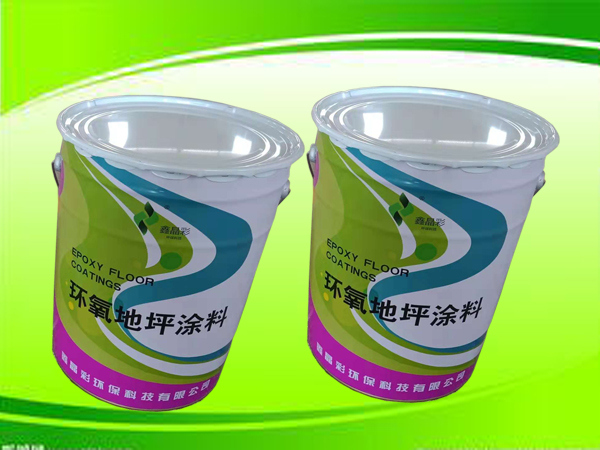Hotline
13071380888
13071380888

The technological process of epoxy resin wear-resistant floor coatings is not high in content. The main reason is that the formulation of epoxy resin wear-resistant floor coatings varies from end to end in order to meet the application needs. The reference materials of epoxy resin wear-resistant floor coatings are: primer, intermediate coating (solvent type), intermediate coating (solvent-free mortar type), surface coating (solvent type), self-leveling floor.
The requirements of epoxy resin wear-resistant floor coatings are very high. Solvent-based coatings and self-leveling coatings are required to be applied in accordance with the GB50212-91 basic treatment clause. The following factors should be emphasized in particular:
First, if the strength of the base surface is not up to the requirements or too low, the epoxy resin coating will open the mortar surface after solidification and cause peeling, which can be frictioned by wire brushes on site. It can also be used to test the strength of concrete base surface by rebound tester, or to determine the bond strength by hammering the base surface with a small hammer. It is better than 1MPa);
Secondly, the drying degree of the base surface is due to the large amount of moisture in the course of concrete and mortar plane-finding construction. When the surface coating is applied, it must be dried to the required degree. The site can simply determine whether the surface is white or the moisture content is measured by the maintenance time after the base construction (it must be based on the moisture-proof and waterproof treatment of the base). ;
Thirdly, "flatness" means that there is no irregular and uneven phenomenon on the base surface. Compared with the mortar layer, the coating film is quite thin and the flatness of the base surface directly affects the overall apparent quality of the coating. In the field, a 2-meter ruler can be used to stick to the base surface, and the cracks within 5 mm can be seen as a method for measuring the flatness of the base surface. For the self-leveling coatings with higher requirements, the ground should be within 3 mm of the 2-meter straight-foot gap as far as possible, and further local leveling can be carried out by means of a mechanical grinder during construction.
Fourth, the smoothness of the base layer is that the base layer is smoothed with metal plaster, and the bonding force between the film-forming substance and the base layer is also affected by the absence of rough surface. If the base surface is particularly rough, the strength of the base layer may be insufficient, and the second one consumes a large amount of materials, so the appropriate roughness will have an ultimate effect on the ground coating. Fruit is a key factor. The surface is often treated with a mild sand blasting machine, and the dust is removed.